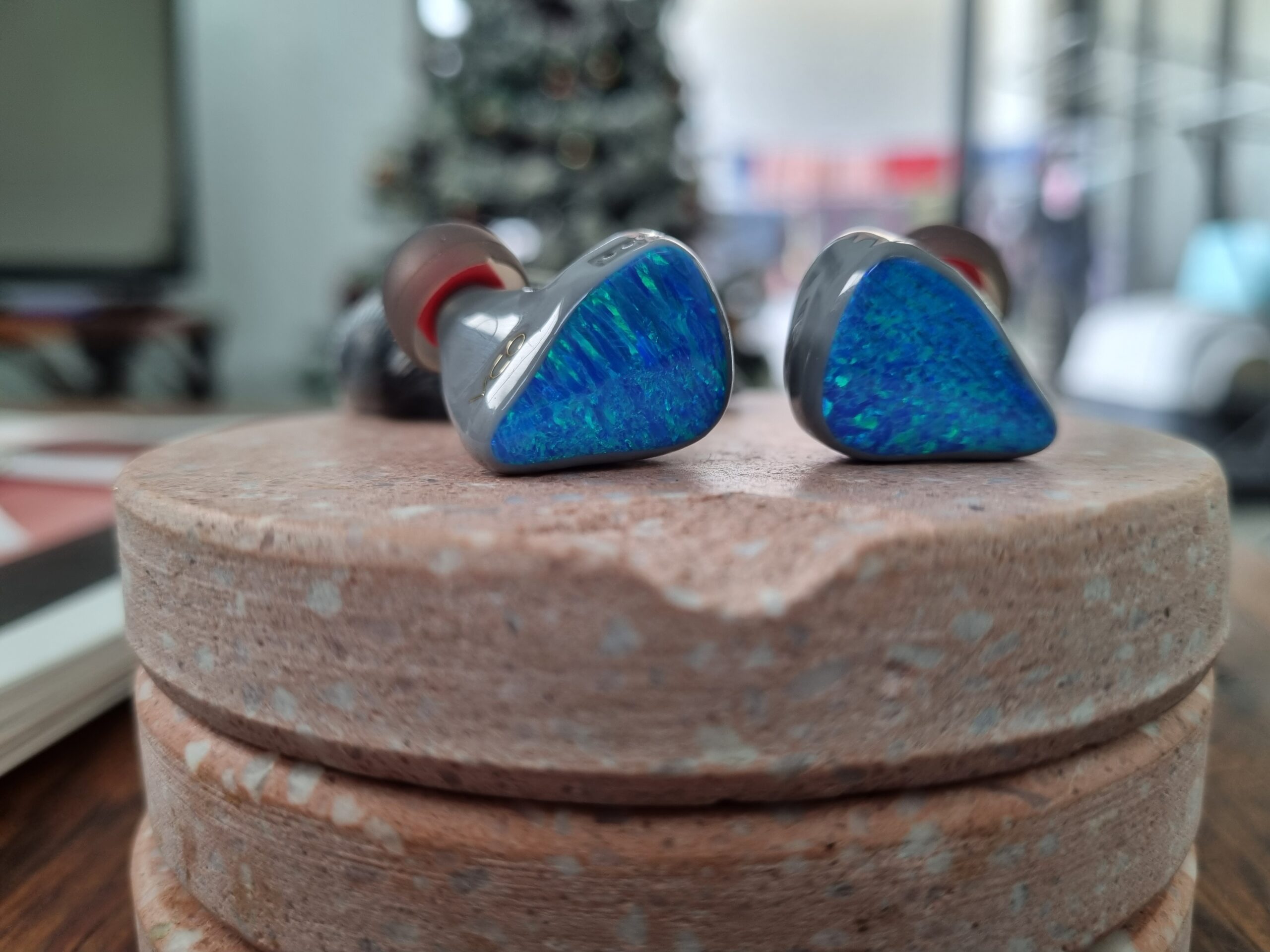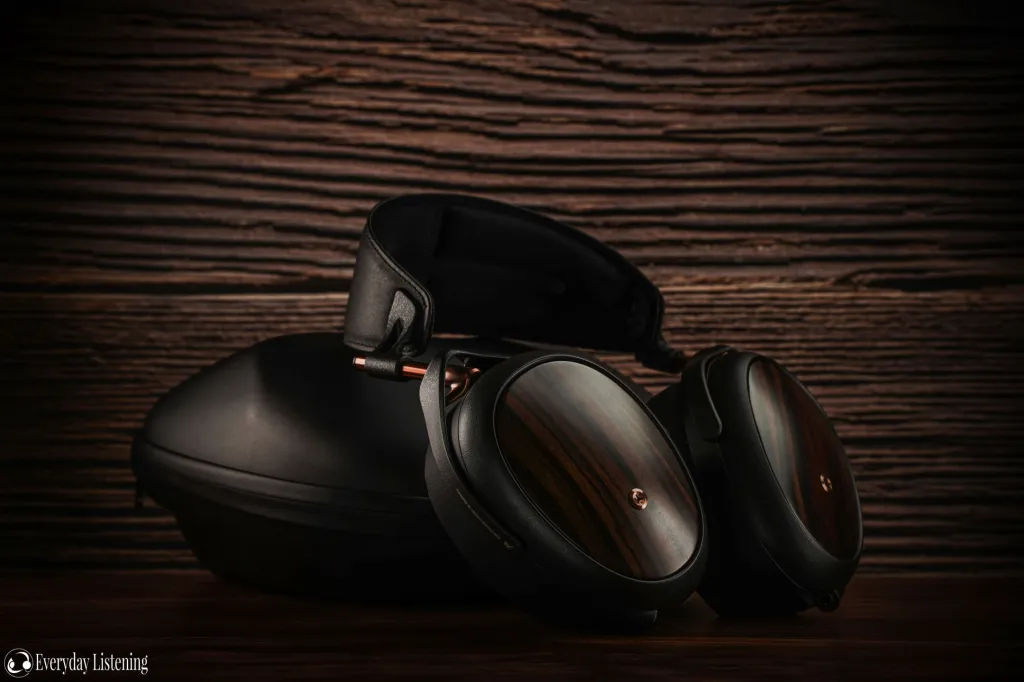Driveability
The Amarantine has a low-rated mechanical impedance of 8 ohms: a stark contrast to the assumed 32 ohm standard in the industry. Across the board, we are pairing a low-impedance transducer with a high-impedance output in an elevated noise floor and poor damping factor (exerted control over the drivers). The consequence of such an unideal pairing results in audible distortion, and flabbier bass.
However, a dongle DAC/Amp should suffice in achieving a satisfactory damping factor. The Tanchjim Space and the Colorfly CDA-M1 are my go-to “Swiss army” dongles for everyday use. I did not detect glaring sonic issues or discrepancies. The upside to the lower-than-average impedance rating is the lack of driving power that is needed to attain comfortable listening volumes with ample headroom to spare.
Comparison
Truthears Nova
Introduction
Truthears needs no introduction. A newly-minted household name for chi-fi-centric audiophiles, Truthears and “value” go hand-in-hand, delivering unassailable performance at sub-$200 prices. Their breakout IEM, the HEXA, illustrates that top-notch performance can be attained at fair prices. The NOVA pushes the envelope further by adding a balanced armature into an already value-packed array of 3 balanced armatures and 1 dynamic driver.
Priced at 150 USD, the NOVA is a fair competitor (price notwithstanding) to pit against the Amarantine.
Sound
The NOVA is similar in multiple regards, and also distinct enough to be its own unique beast. Comparatively to the industry at large, the NOVA rides the Harman Target Response Curve trend, with a barely noticeable V-shape emphasis across the frequency band, but with a subtle elevation in the upper-midrange.
Bass on the NOVA has decent textural contrast, and surprising agility in terms of slam and kick. The sub-bass rumble has woofer-like qualities in typical Harman fashion, reaching impressively deep levels considering its price point. The Amarantine, however, has a deeper-bass response with impressive clarity (separation, distinguishability etc.). Speed is similar, but PRAT is a few steps slower in terms of decay.
The Nova’s midrange is vibrant, clean and balanced: standard practice for Truthear releases. Because of the midrange’s prominence, perceived clarity is exceptional. The Amarantine features a better balance between the lower-midrange and upper-midrange. Lower-midrange warmth and smooth even-harmonic tones are life-like. Resolving ability is heightened on the Amarantine, with a snappier time signature and attack.
Lateral width in the form of sound staging is almost equal between them, but imaging and pin-point location of sonic cues are stronger on the Amarantine, with instruments and voicings equidistant from one another, where no component is exaggerated. This comes as no surprise, given the price differential.
Conclusive remarks

The Amarantine earmarks the conclusion of 2023; a year that is filled with unanticipated surprises. One Dot Audio (ODA) has proven to be my biggest shock of the year. The Amarantine is the best IEM I’ve had the luxury of reviewing in this brief year. Performance-wise, it does not miss. More importantly, it injects liveliness, excitement and fidelity into the music that I hold near and dear.
The Amarantine is a serious value-driven proposition from a new start. There’s no such thing as a perfect IEM, but ODA gets inches close. Hopefully, ODA attracts the publicity it deserves, as does the Amarantine for being a powerhouse of an IEM.



